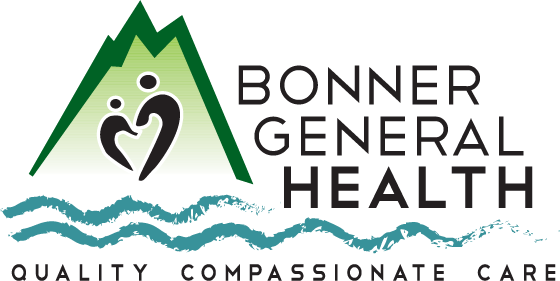By: Kathy Hubbard
In the mid-nineties, a friend of mine told me that he lost 30 friends and acquaintances to HIV/AIDS in just one week. It was a miracle that he was still alive. Although cases have decreased substantially since the height of the epidemic, HIV and AIDS remain a persistent problem in the U.S.
As a matter of fact, in 2022 there were almost 33,000 new cases of HIV infections resulting in over 19,300 deaths. The Centers for Disease Control and Prevention estimates that approximately 13 percent of people with HIV in the U.S. don’t know it.
Let’s look at what HIV and AIDS are, because although we typically put the two together when talking about them, they are actually different viruses. Medlineplus.gov explains:
“HIV stands for human immunodeficiency virus. HIV harms your immune system by destroying a type of white blood cell that helps your body fight infection. This puts you at risk for other infections and diseases.
“AIDS stands for acquired immunodeficiency syndrome. It is the final stage of infection with HIV. It happens when the body’s immune system is badly damaged because of the virus. Not everyone with HIV develops AIDS.”
HIV is primarily spread through infected blood, semen, vaginal secretions, and breast milk. It is not spread through saliva, sweat, tears, urine or feces unless visibly contaminated with blood.
“It’s spread by having unprotected vaginal or anal sex with a person who has HIV; by sharing drug needles; through contact with the blood of a person with HIV; from mother to fetus during pregnancy, or from mother to baby during childbirth or breastfeeding,” Healthline says.
According to the latest statistics I found which were published in 2022 on HIV.gov, males who have sex with males accounted for 67 percent of cases. People who acquired HIV through heterosexual contact accounted for 22 percent of new infections while people who inject drugs were responsible for seven percent.
“The largest number of new HIV infections (12,800) occurred among people aged 25 to 34. People aged 13 to 24 accounted for 20 percent (6,400 of the estimated 31,800 new HIV infections). In 2022, as compared with 2018, the annual number of HIV infections among persons aged 13 o 24 decreased 30 percent,” HIV.gov said.
Early on, HIV symptoms are like those of the flu. They include fever, chills, rash, night sweats, muscle aches, sore throat, fatigue, swollen lymph nodes and mouth ulcers. Medline says that the symptoms may come and go within two to four weeks.
“If the infection is not treated, it becomes chronic HIV infection. Often, there are no symptoms during this stage. If it is not treated, eventually the virus will weaken your body’s immune
system. Then the infection will progress to AIDS. This is the late stage of HIV infection. Because your immune system is badly damaged, your body cannot fight off other infections.”
The only way to find out if you’re infected is to get tested. It’s a simple blood test that your primary care provider can order. There are also home testing kits available. Plus, the CDC has a Testing Locator where you can find free testing sites.
There is no cure for HIV, but it’s most often effectively treated with antiretroviral (ART) therapy. ART therapy can make the virus manageable and reduce the risk of infecting others.
“Most people with HIV live long and healthy lives if they get ART as soon as possible and stay on it. It’s also important to take care of yourself. Making sure that you have the support you need, living a healthy lifestyle, and getting regular medical care can help you enjoy a better quality of life,” Medline says.
I don’t think I need to tell you that prevention starts with choosing less risky behaviors. Limit your number of sexual partners and always use latex condoms. Healthline says that if you’re allergic to latex, use polyurethane condoms. No excuses.
Reduce your risk by getting tested for sexually transmitted disease. Having an STI can increase your risk of getting or spreading HIV. Don’t inject drugs. Talk to your PCP about whether HIV preventive medicines (pre-exposure prophylaxis or post-exposure prophylaxis) are appropriate for you.
You know, an ounce of prevention is worth a pound of cure.
Kathy Hubbard is a member of the Bonner General Health Foundation Advisory Council. She can be reached at kathyleehubbard@yahoo.com. This article was written for publication in the Bonner County Daily Bee on July 9, 2025.

